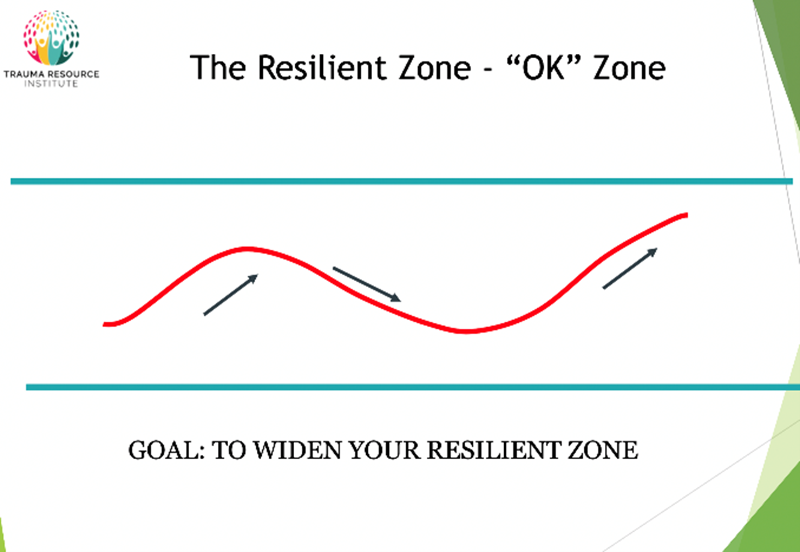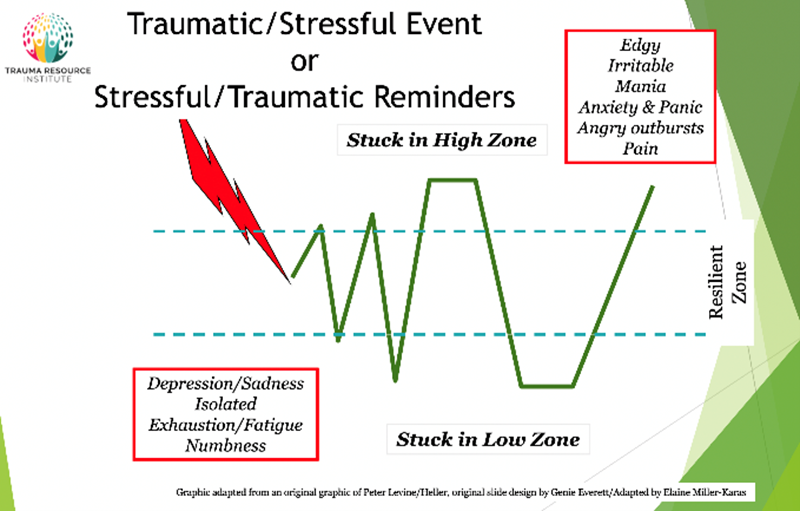Trauma – Informed Perspectives Start with You
We've learned that we as individuals have our own way of learning and interpreting things around us. It's important to see what perspective barriers we may have when working with others, as well as helping ourselves. This will help you as professionals build relationships that can create lasting change.
 This practice starts with recognizing and reflecting within yourself. A trauma informed perspective starts associating trauma with resiliency. Resiliency is an individual's and community's ability to identify and use individual and collective strengths in living fully with compassion in the present moment. This also means to thrive while managing the activities of daily living (Trauma Resource Institute. 2024. Community Resiliency Model (CRM)®.
This practice starts with recognizing and reflecting within yourself. A trauma informed perspective starts associating trauma with resiliency. Resiliency is an individual's and community's ability to identify and use individual and collective strengths in living fully with compassion in the present moment. This also means to thrive while managing the activities of daily living (Trauma Resource Institute. 2024. Community Resiliency Model (CRM)®.
Children who have experienced trauma can therefore develop resilience when supported by caring, safe, nurturing adults, and thrive when presented with positive new opportunities and learning experiences (Reed, 2006).
The resilient zone can be known as the "bounce back" zone where you're able to adapt. Above the resilient zone can lead to us feeling agitated, on edge and angry. Below the resiliency zone can lead to us feeling depressed, anxious and low on energy.
 It is important to remember, however, that the resilient zone is not the happy zone. You can still be sad, but the difference is you feel like you can handle the sadness and still be in your resilient zone.
It is important to remember, however, that the resilient zone is not the happy zone. You can still be sad, but the difference is you feel like you can handle the sadness and still be in your resilient zone.
Resiliency-informed thinking is the action of sharing skills of well-being to reduce the physiological and emotional toll of traumatic experiences. Instead of asking what is wrong, we ask what happened to you and then ask questions like, "What or who has helped you get through?" and "What are your strengths?".
